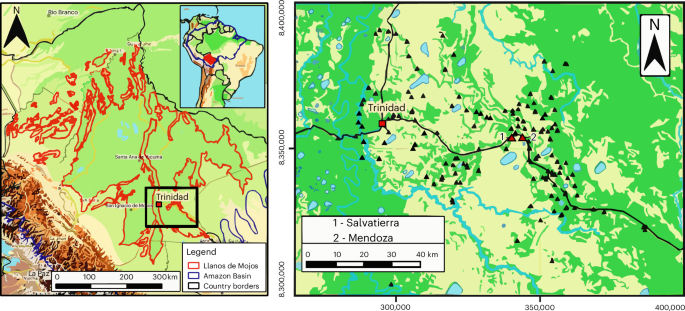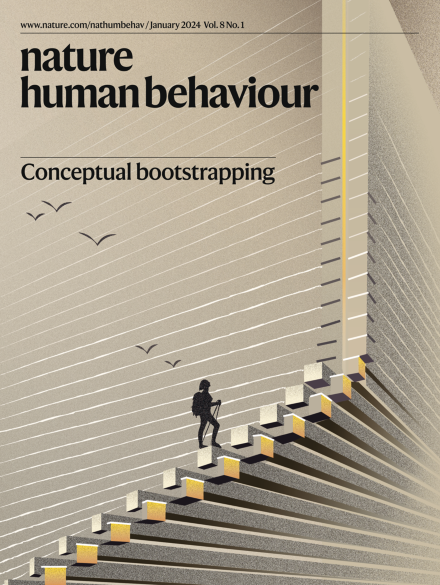Stable isotope evidence for pre-colonial maize agriculture and animal management in the Bolivian Amazon
IF 21.4
1区 心理学
Q1 MULTIDISCIPLINARY SCIENCES
引用次数: 0
Abstract
Over the past decade, multidisciplinary research has seen the Amazon Basin go from a context perceived as unfavourable for food production and large-scale human societies to one of ‘garden cities’, domestication, and anthropogenically influenced forests and soils. Nevertheless, direct insights into human interactions with particular crops and especially animals remain scarce across this vast area. Here we present new stable carbon and nitrogen isotope data from 86 human and 68 animal remains dating between ce ~700 and 1400 from the Llanos de Mojos, Bolivia. We show evidence of human reliance on maize agriculture in the earliest phases before a reduction in the dietary importance of this crop between ce 1100 and 1400. We also provide evidence that muscovy ducks (Cairina moschata), the only known domesticated vertebrate in the South American lowlands, had substantial maize intake suggesting intentional feeding, or even their domestication, from as early as ce 800. Our data provide insights into human interactions with Amazonian ecosystems, including direct evidence for human management of animals in pre-colonial contexts, further enriching our understanding of human history in what was once considered a ‘counterfeit paradise’. In the Bolivian Amazon, analyses of preserved human bone collagen show evidence of maize staple diets between ce 700 and 1400, as well as management of muscovy ducks, one of the few animals from the Americas to be domesticated.


玻利维亚亚马逊地区殖民前玉米农业和动物管理的稳定同位素证据
在过去的十年中,多学科研究已经看到亚马逊盆地从一个被认为不利于粮食生产和大规模人类社会的环境转变为一个“花园城市”、驯化和人为影响的森林和土壤。然而,在这片广袤的土地上,对人类与特定作物,尤其是动物之间相互作用的直接见解仍然很少。在这里,我们提供了来自玻利维亚Llanos de Mojos的86具人类和68具动物遗骸的新的稳定碳和氮同位素数据,这些遗骸可追溯到公元700至1400年间。我们展示了人类依赖玉米农业的证据,在1100年至1400年间,这种作物在饮食中的重要性有所降低。我们还提供证据表明,在南美洲低地唯一已知的驯化脊椎动物——麝香鸭(Cairina moschata),早在公元800年就有大量的玉米摄取量,这表明它们有意进食,甚至被驯化。我们的数据提供了人类与亚马逊生态系统相互作用的见解,包括人类在殖民前管理动物的直接证据,进一步丰富了我们对曾经被认为是“假冒天堂”的人类历史的理解。
本文章由计算机程序翻译,如有差异,请以英文原文为准。
求助全文
约1分钟内获得全文
求助全文
来源期刊

Nature Human Behaviour
Psychology-Social Psychology
CiteScore
36.80
自引率
1.00%
发文量
227
期刊介绍:
Nature Human Behaviour is a journal that focuses on publishing research of outstanding significance into any aspect of human behavior.The research can cover various areas such as psychological, biological, and social bases of human behavior.It also includes the study of origins, development, and disorders related to human behavior.The primary aim of the journal is to increase the visibility of research in the field and enhance its societal reach and impact.
 求助内容:
求助内容: 应助结果提醒方式:
应助结果提醒方式:


